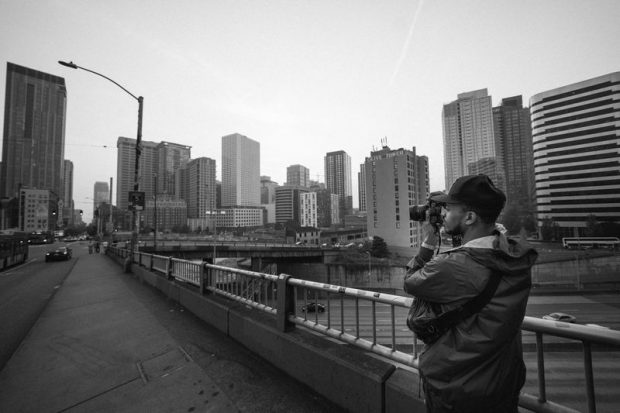Not known Details About Framing Streets
Not known Details About Framing Streets
Blog Article
Rumored Buzz on Framing Streets
Table of ContentsThe Ultimate Guide To Framing StreetsExamine This Report on Framing StreetsOur Framing Streets IdeasFraming Streets Fundamentals ExplainedThe Definitive Guide to Framing StreetsMore About Framing Streets
, normally with the aim of recording pictures at a crucial or touching minute by careful framing and timing. https://hub.docker.com/u/framingstreets1.
Not known Details About Framing Streets
Susan Sontag, 1977 Street photography can focus on people and their habits in public. In this respect, the street professional photographer is comparable to social documentary professional photographers or photojournalists that likewise operate in public places, but with the purpose of recording newsworthy events. Any of these professional photographers' images may catch people and building noticeable within or from public areas, which frequently involves navigating honest problems and legislations of personal privacy, safety, and building.
Representations of daily public life form a genre in virtually every duration of globe art, beginning in the pre-historic, Sumerian, Egyptian and early Buddhist art periods. Art dealing with the life of the street, whether within sights of cityscapes, or as the dominant theme, shows up in the West in the canon of the North Renaissance, Baroque, Rococo, of Romanticism, Realism, Impressionism and Post-Impressionism.
Some Known Incorrect Statements About Framing Streets
Louis Daguerre: "Boulevard du Temple" (1838 or 1839) In 1838 or 1839 the initial photograph of figures in the street was taped by Louis-Jacques-Mand Daguerre in among a set of daguerreotype sights taken from his workshop window of the Boulevard du Holy place in Paris. The second, made at the elevation of the day, reveals an uninhabited stretch of road, while the other was taken at concerning 8:00 am, and as Beaumont Newhall reports, "The Boulevard, so regularly loaded with a moving bunch of pedestrians and carriages was perfectly singular, other than an individual who was having his boots brushed.
, who was inspired to undertake a similar documents of New York City. As the city created, Atget assisted to advertise Parisian roads as a deserving topic for photography.

Little Known Facts About Framing Streets.
The chief Mass-Observationists were anthropologist Tom Harrisson in Bolton and poet Charles Madge in London, and their first report was produced as the book "May the Twelfth: Mass-Observation Day-Surveys 1937 by over 2 hundred onlookers" [] Window cleaner at Kottbusser Tor, Berlin, by Elsa Thiemann c. 1946 The post-war French Humanist College professional photographers found their subjects on the street or in the bistro. Andre Kertesz.'s commonly admired Images la Sauvette (1952) (the English-language version was titled The Decisive Minute) promoted the concept of taking an image at what he described the "definitive minute"; "when form and material, vision and structure merged right into a transcendent whole" - sony a7iv.
Not known Facts About Framing Streets
The recording equipment was 'a concealed cam', a 35 mm Contax hidden underneath his layer, that description was 'strapped to the breast and attached to a lengthy wire strung down the ideal sleeve'. Nonetheless, his job had little contemporary impact as because of Evans' level of sensitivities about the originality of his project and the personal privacy of his topics, it was not released until 1966, in guide Many Are Called, with an intro written by James Agee in 1940.
Helen Levitt, then an educator of children, connected with Evans in 193839. She recorded the transitory chalk drawings - 50mm street photography that belonged to youngsters's street society in New York at the time, as well as the kids that made them. In July 1939, Mo, MA's new digital photography area included Levitt's operate in its inaugural exhibitRobert Frank's 1958 book,, was considerable; raw and often indistinct, Frank's images examined conventional digital photography of the time, "tested all the formal policies laid down by Henri Cartier-Bresson and Pedestrian Evans" and "contradicted the wholesome pictorialism and wholehearted photojournalism of American magazines like LIFE and Time".
Report this page